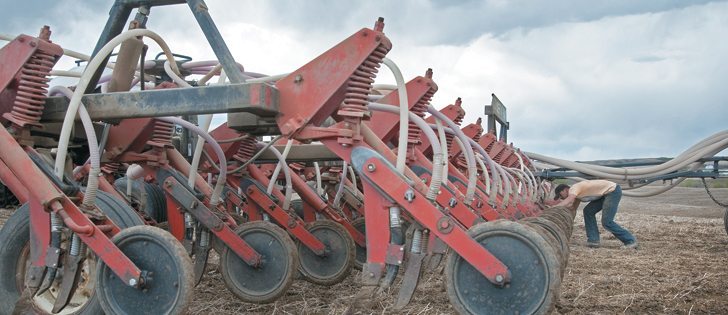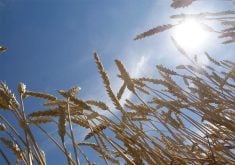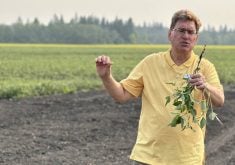Warmer weather unlikely | Forecasts show cool temperatures extending into summer
Mother Nature doesn’t believe in atonement, so farmers shouldn’t count on a sweltering summer this year, says Canada’s best-known weatherman.
David Phillips, a senior climatologist with Environment Canada, said computer models suggest that below normal temperatures could persist for several more weeks and possibly into the summer.
Environment Canada’s three month forecast for Manitoba, Sask-atchewan and the eastern half of Alberta indicates a 50 to 60 percent chance of below normal temperatures in May, June and July.
A 50 percent likelihood of cool weather isn’t a useful piece of information, but Environment Canada’s forecast for warm temperatures is more telling.
Read Also

University of Manitoba hires potato researcher
A new research chair position at the University of Manitoba will tackle sustainability in the potato industry.
The department said there is only a 10 to 20 percent chance of above normal temperatures on the Prairies in May, June and July.
In other words, chilly temperatures are much more likely than scorching weather this spring.
Phillips said the U.S. National Weather Service has a similar outlook for the northern Plains and the Canadian Prairies.
“May, June, July, they show it a little cooler on the Prairies,” Phillips said.
“That’s a little concerning because there are two different services, with different models, showing the same kind of thing.”
Andy Nadler, an agricultural meteorologist with Weather Innovations Consulting, said the frigid spring is troubling, but prairie farmers shouldn’t switch to a cool season crop based on Environment Canada forecasts.
“It does start bringing about those thoughts, ‘my corn, am I going to get it in early enough?’ ” he said.
“I’ll look at the Environment Canada long-term forecast, but they’re not accurate…. Same with the (U.S.) National Weather Service…. In my opinion, relying on those (forecasts) and making management decisions based on those is probably not smart.”
As an example of how chilly it’s been this spring in Western Canada, the average daily high in Brandon was 5.1 C in April. The historical normal for Brandon is a daily high of 10.7 C in April.
Phillips said the cool spring is a residual effect from the brutal winter.
“You can’t get the warm air until you get rid of the ice, the snow and the frozen ground.”
Phillips said the forecast looks more promising for June, July and August.
The models indicate a 50-50 chance of normal weather for Manitoba, Saskatchewan and eastern Alberta.
“My sense is it’s going to be, at best, normal,” Phillips said.
“Right now, it (the model) is not showing that nature is going to make amends for a tough, long, cold winter and spring. We’re not seeing anything … that suggests a rapid warm-up, or even a torrid compensation kind of weather, in the middle of the growing season.”
















